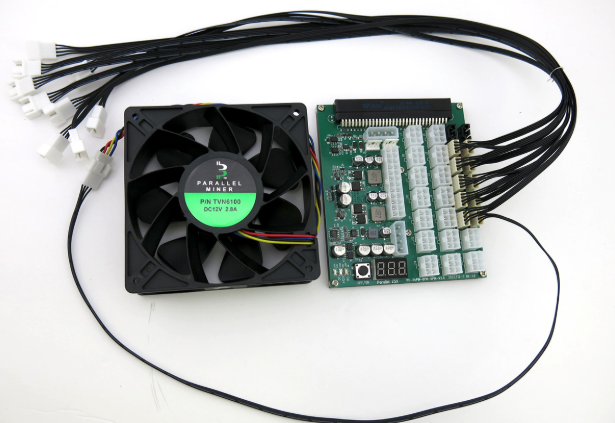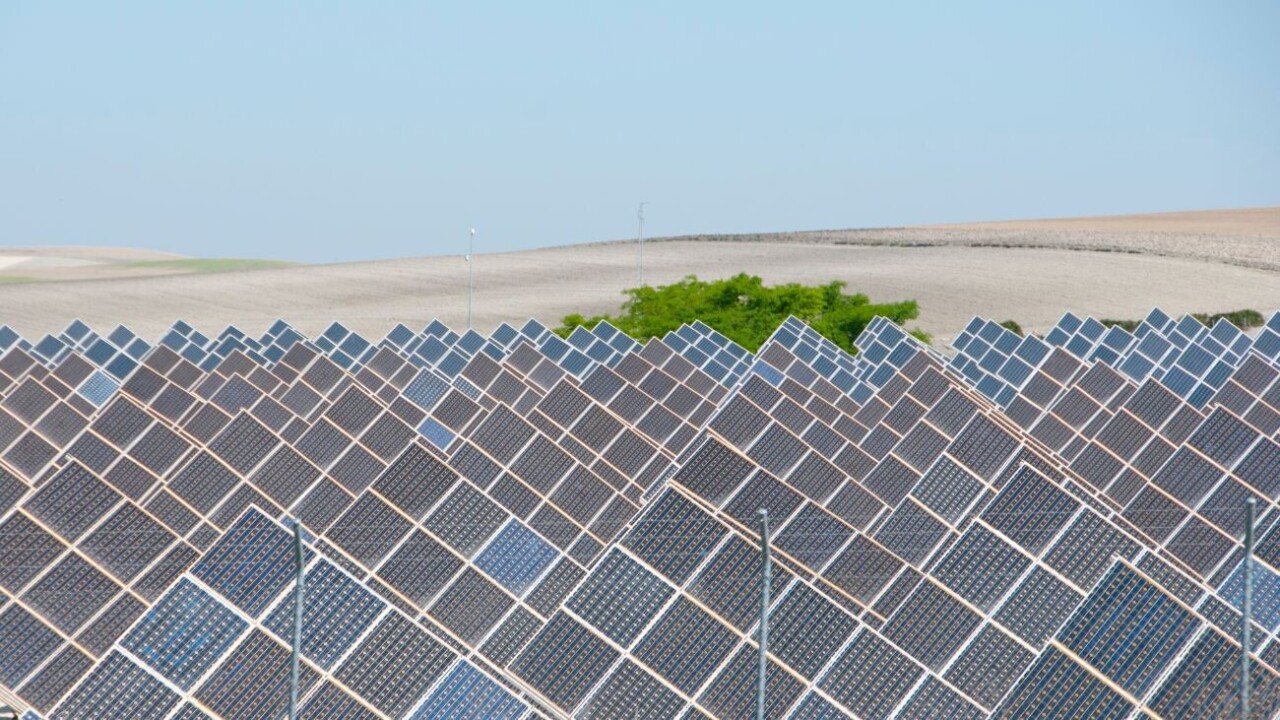As industrial processes integrate sustainable practices by minimizing their carbon footprints, energy efficient cooling fans have arisen as one of the pillars of this transformation. Cooling fans help in regulating the operating temperature for equipment, machines and data centers. Still, the energy consumption of conventional cooling systems has always been a subject of concern regarding sustainability and financial feasibility. In this article, the role of energy efficient cooling fans for industrial sustainability and what businesses can gain from such solutions are discussed.
The Importance of Energy Efficiency
The same may be said for cooling fans, which are thought to be one of the most powerful energy consuming devices in industrial and business cooling systems, computerized units included. From manufacturing plants to data centers, maintaining optimal temperatures is critical for equipment performance and longevity. Still, as any other service intended to promote ease and comfort, conventional cooling fans’ excessive energy consumption comes at a price: hefty electric bills.
One of the simplest approaches to improving sustainability goal achievement in business operations while minimizing environmental impact is turning to energy efficient cooling fans. Since operational expenses are bound to change once energy usage goes down, companies’ sustainability strategy as well as their cost effectiveness enhance concurrently.
How EnergyEfficient Cooling Fans Work
Energy Efficient cooling fans utilize less energy but still maintain a decent level of cooling. With the assistance of more than one technology, it is now a reality for fans to work without using as much energy even in the most demanding situations. One crucial modification is the integration of PWM fans (Pulse Width Modulation) that provides greater efficiency over the control of fan speed.
In the instance of PWM fans, dynamic adjustment of the cooling requirements results in real time changes to equipment fan speed. In more simple terms, if the temperature is lower, the fan can work at a low speed while conserving energy and when it increases above a certain level provides substantial cooling. This flexibility saves energy while providing effective cooling necessitated by the conditions.
Aerodynamically designed fan blades, aside from enhanced motor technology, may also be built in energy efficient cooling fans for better airflow. working in combination results in more improved cooling without increasing energy use. All of this means fans provide more advanced cooling while consuming less energy.
Impact on Operating Costs
Installing energy efficient cooling fans can have a significant positive impact on costs for companies to operate. From a temperature perspective, traditional systems have always functioned on a preset speed no matter how low the cooling requirements are.
This creates excess energy wastage as well as inflation in utility charges. The installation of energy efficient fans helps businesses to save on expenses incurred on building and maintaining cooling devices in the long run.
Take for example the savings achieved from the installation of an energy efficient cooling fan kit. This is easily appreciated when applied in data centers and industrial plants where air conditioning systems are always running. These types of energy efficient fans have a longer durability which means less expenses on maintenance and replacement, which helps businesses save more in the long run.
Enhancing Sustainability Goals
Due to mounting environmental concerns, industries have set forth eco-friendly targets. Energy Efficient cooling fans are crucial in meeting such targets as they minimize the carbon footprint of businesses by lowering the energy usage in cooling systems.
Increasing energy usage efficiency through fan replacement is an important economic decision towards improving cost savings, but it also helps in achieving international goals of sustainability. Endless eco-friendly practices are being modified by industries and businesses that deal with intensive cooling appliances.
By switching to more energy efficient cooling fans, companies can bolster their sustainability and understate their commitment to using energy responsibly. Now companies have the option to implement energy efficient initiatives within the office space. Energy efficient fans can be the simplest alternatives to office climate control devices. Businesses can use modern energy efficient cooling fans or electric control air conditioners to serve that purpose. The best part is, such fans can be used in all commercial and residential structures without any special preparation. In an adage, upgrading the current climate control devices can suffice.
Custom Cooling Solutions
One of the issues companies have to deal with when adopting energy saving campaigns is the use of an appropriate business cooling system. Different industries have different cooling systems which cannot be achieved with a singular approach. Customization in office cooling setup is achievable.
To solve this problem, a growing number of firms are opting for cooling fan kits that are tailor made to correspond with specific cooling requirements. Such kits are built with precisely defined parameters to guarantee that each fan’s energy supply is optimal and inefficient for the required cooling load. Custom cooling solutions can also include fans with specific motors, control units, or blades that maximize cooling and minimize energy use.
Cooler kit manufacturers give businesses the opportunity to choose from various system combinations enabling the business to utilize powerful and energy efficient cooling features while operating most optimally.
Future of Cooling Fan Technology
With the ever growing appeal for energy saving devices and practices, the future outlook for cooling fans is even more alluring. Innovations in fan construction, control motors, and other electric device control systems are bound to create a change in the operations of failsafe equipment.
Companies should anticipate further enhancements on the fans’ capabilities that allow for a more effective reduction in energy consumption while maintaining the cooling competence of the equipment.
One direction for the development of future cooling fan technology will be the deployment of smart systems that use algorithms that analyze data to improve the efficiency of the fan. For instance, fans fitted with sensors need not be manually operated as their speed can be altered automatically depending on the real time temperature reading. These smart systems will make it easier and more environmentally friendly for companies to manage their cooling requirements.
Businesses that seek to minimize their energy expenditure for the operational and maintenance cooling fan systems will find powerful solutions in automation technologies in smart cooling fans. Whether through advanced technologies like PWM fans, bespoke cooling solutions, or most recently designed fans, energy efficient fans provide a practical and environmentally friendly method to cooling in industrial operations.
When integrated into their processes, sustainable objectives can be achieved more easily with the energy efficient cooling fans. By choosing optimal cooling fan kits and collaborating with suppliers who provide custom made products, companies can improve their operating margins and embrace a more ecofriendly approach to industrial business.
The evolution of technology keeps changing, and the future of energy efficient cooling solutions seems promising as businesses and other industries aim to enhance their operational efficiency and minimize cost to their environmental footprint.




